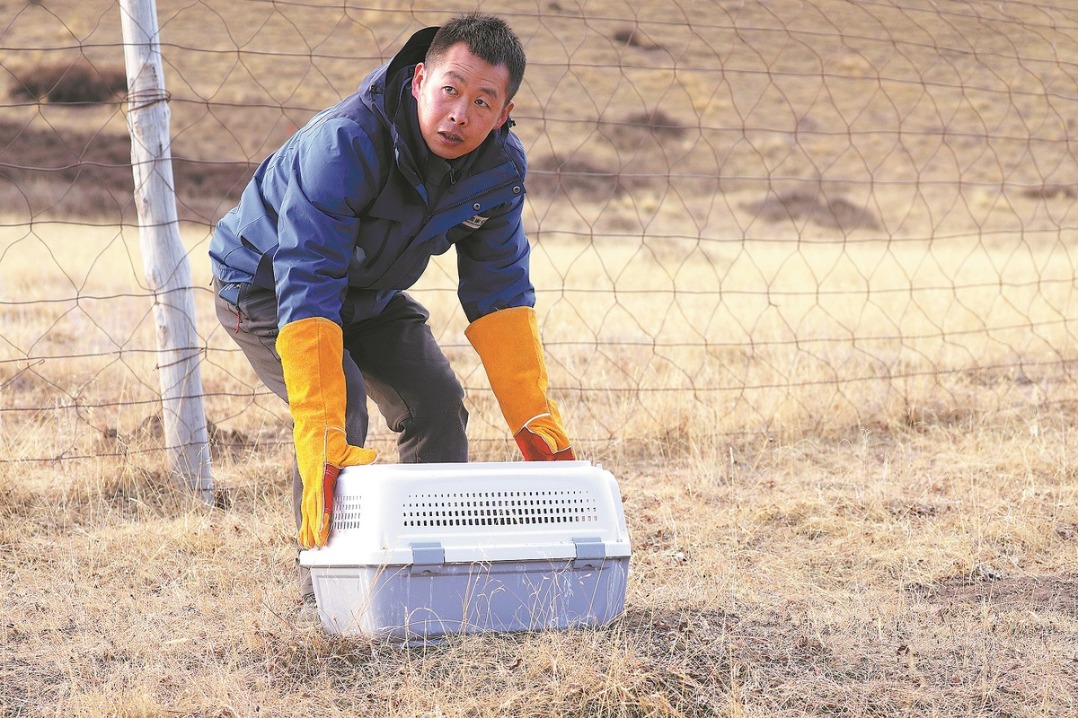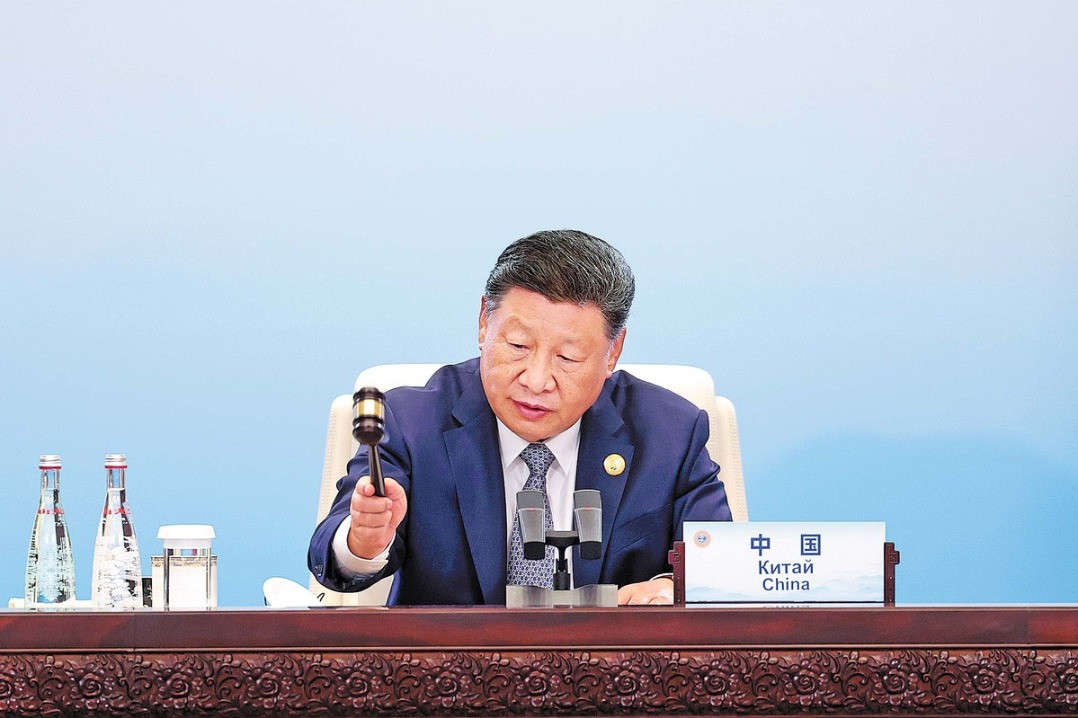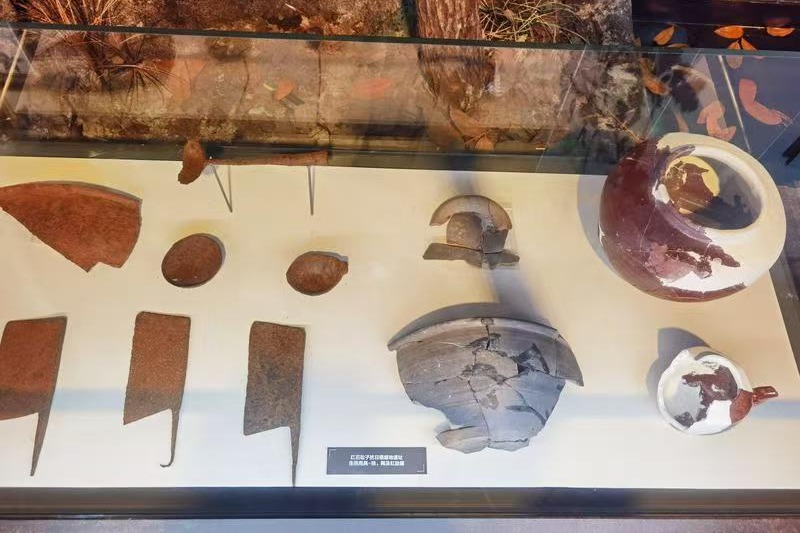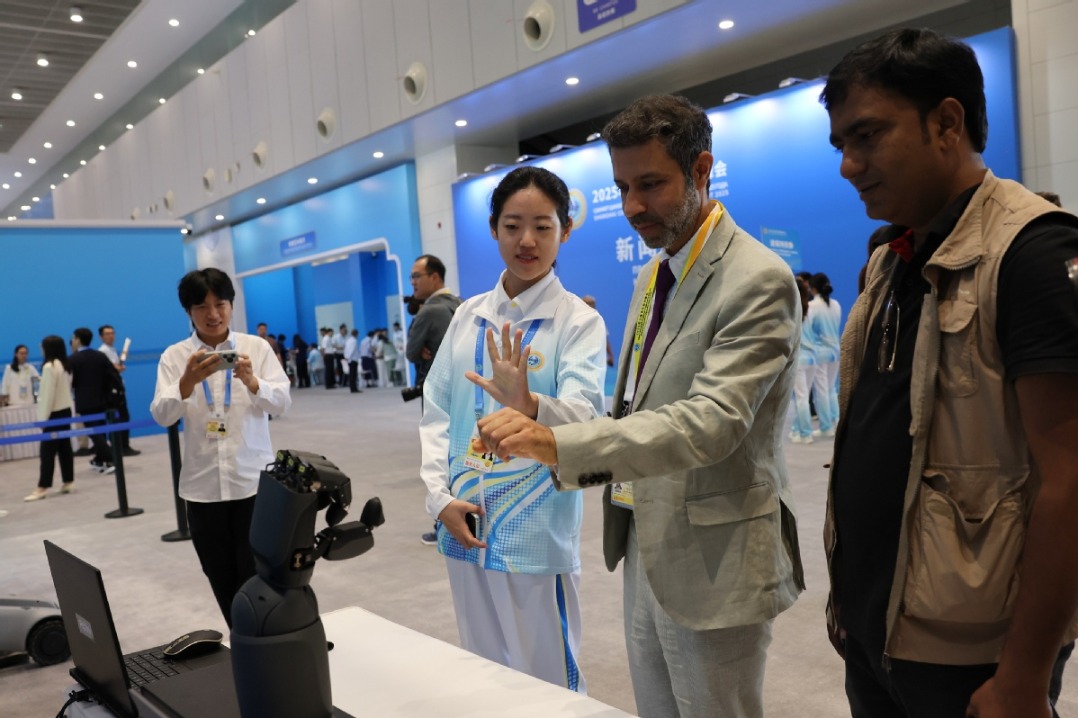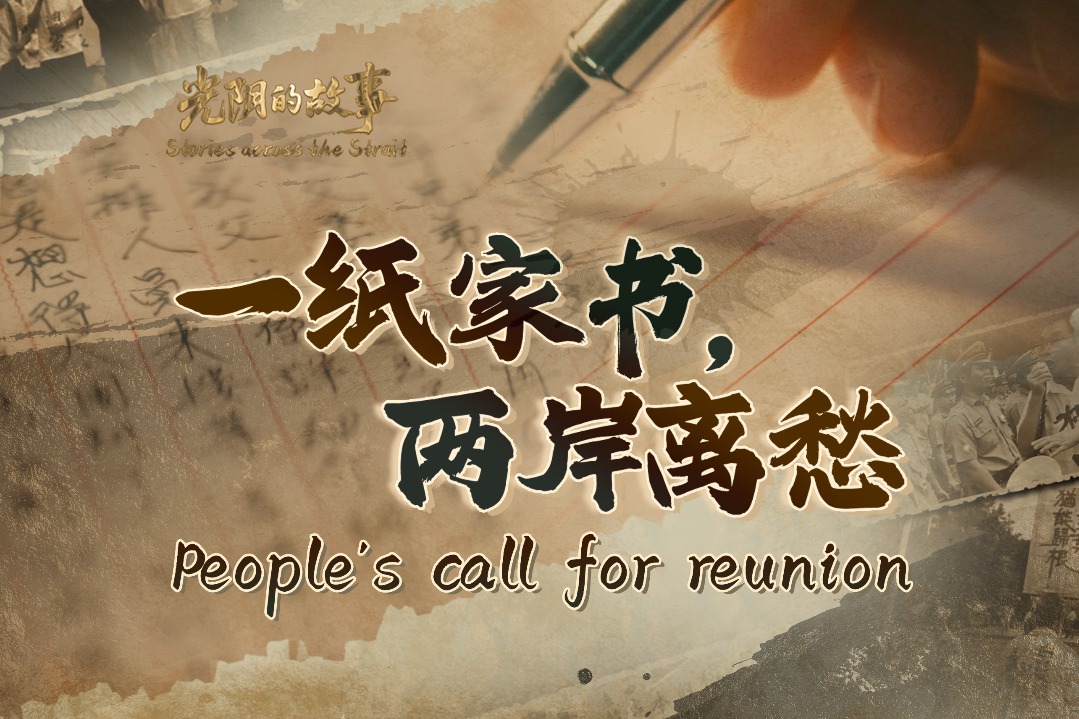Census to help protect cultural relics
Fourth national survey allows authorities to coordinate efforts in identification and preservation


The fourth national cultural relics census has ignited nationwide efforts to safeguard the country's rich cultural heritage, with cultural relic protection forces across the board actively engaged in relic identification, documentation and protection.
In November last year, the State Council, China's Cabinet, announced in a notice the launch of the census, aimed at establishing a comprehensive national registry and database of immovable cultural relics, and to build a dynamic management mechanism for these assets.
The census also aims to improve the recognition and public announcement process for immovable cultural relics by standardizing identification criteria and registration procedures and establishing a system for publishing details about cultural relics.
Additionally, it seeks to enhance the management mechanism for protecting immovable cultural relics by combining comprehensive surveys, special investigations, spatial control and dynamic monitoring into a cohesive resource management system, the notice said.
The census is emphasizing training professionals, strengthening the relic protection workforce and raising public awareness about cultural heritage preservation.
The scope of the census includes above-ground, underground and underwater immovable cultural relics within China. It involves rechecking already identified and registered relics while also investigating, identifying and registering newly discovered ones. The details the census will cover include the names of cultural relics, their location, protection level, category, age, ownership, use and preservation status.
The census will run until June 2026 and will be conducted in three stages. The first stage, from November last year to April, established census institutions at different levels, determined technical standards and specifications, and conducted training.
During the second stage, from May until May next year, sites at the county level, which are considered the basic unit in the census, are to be surveyed. In the third stage, from June next year to June 2026, the sites will be identified, registered and publicly announced, and a general national catalog will be established.
To date, multiple provincial-level regions, including the Inner Mongolia autonomous region, Chongqing municipality, as well as Hebei, Shandong, Shaanxi and Gansu provinces, have been advancing the various tasks of the second phase of on-site investigations.
The city of Dezhou in East China's Shandong province has finished the first phase of the census and switched to on-site investigation, said Zhang Chuanjie, deputy head of the Dezhou culture and tourism bureau.
The coordination mechanism between the city and county is operating effectively, with census funding of 3.57 million yuan ($507,000) allocated and a team of 286 people established, the Dezhou bureau reported.
Related work has reached more than 3,700 villages, with 225 sites investigated on the ground.
"The goal is to complete 80 percent of the on-site investigation by the end of the year," Zhang said.
In Qingzhou, a county-level city in Shandong, more than 600 census personnel have been sent to more than 150 villages as of mid-September, covering an area of 80 square kilometers, said Yang Zhongyou, a senior official at the Qingzhou cultural relics bureau.
A total of 123 immovable cultural relics have been reviewed.
"Based on issues encountered during the fourth national cultural relics census, innovative methods were introduced," Yang said.
This includes daily tasks of visiting one village per day, investigating one immovable relic, and writing a daily summary, as well as weekly tasks involving holding a work summary meeting, promoting census knowledge and publishing a weekly work report.
Monthly tasks cover summarizing progress and organizing meetings with experts to address any problems.
"Moving forward, Qingzhou's census office will continue its coordination work, invite experts for site exploration and leverage a city-to-village work network to enhance the quality and efficiency of the census," Yang said.
The country has carried out three nationwide censuses of its cultural relics since the founding of the People's Republic of China in 1949. The first started in 1956 and paved the way for the State Council to issue provisional regulations on cultural relics protection and management in 1961. Although it only covered 24 provinces, the census laid a solid foundation for the development of cultural relics preservation in the country.
The second census began in 1981, covering a significantly increased area and leading to the promulgation of the Law on Protection of Cultural Relics in 1982, providing important legal protection for cultural relics. Through the census, teams from cultural institutions and museums were strengthened, cultural relic archives were established and improved, and the level of cultural relic protection and management was enhanced.
The third census was held from 2007 to 2011, and provided information on more than 760,000 immovable cultural relics in China.
"It can be said that each cultural relics census has enriched the content of cultural relics, expanded the scope of objects under protection, improved the system for safeguarding historical and cultural heritage, and promoted the rapid development of the cultural relics sector," said an official with the National Cultural Heritage Administration.
Sixteen years have passed since the third national cultural relics census and significant changes have taken place in the state of immovable cultural relic resources, with the protection status of lower-level relics drawing widespread public attention, the official noted.
"Through this census, a comprehensive understanding of the data on all types and levels of immovable cultural relics can be achieved, laying a solid foundation for the precise and scientific formulation of policies for the protection and utilization of cultural relics, and driving the high-quality development of the sector," the official said.
In essence, the fourth national census is a thorough implementation of the central government's directives to prioritize cultural relics protection, enhance their management, uncover their value and bring them to life, according to the National Cultural Heritage Administration.
Li Wangsheng, director of the Wu'an culture relics protection center in Hebei province, said the fourth census has precise requirements.
"In this fourth national cultural relics census, we have clarified the boundaries of cultural relics based on the data from the third census, which will make things much more convenient," Li said.
"For instance, when land resources authorities grant land, they will first consult the land-use planning map to check whether there are any cultural relics within that area. If cultural relics are present, they will be automatically avoided," he explained.
For Wu'an county, the third census was completed more than 16 years ago, giving rise to potential changes in those cultural relics themselves and their surroundings, Li noted.
"We now need to understand the current situation in detail so that when we move forward with developing cultural relic protection plans and strategies, we will have more accurate and comprehensive data as a solid foundation," he added.
Li believes the fourth census will also further create an environment conducive to cultural heritage protection.
"In recent years, the public's awareness of cultural relic protection has been steadily increasing, but they are still not very clear on how to properly protect them," Li said.
"During this census, our team members visited nearly every village, meeting with most residents. We also distributed leaflets and brochures, which have further enhanced the public's understanding of cultural relics and raised awareness of their protection."
yangfeiyue@chinadaily.com.cn

















